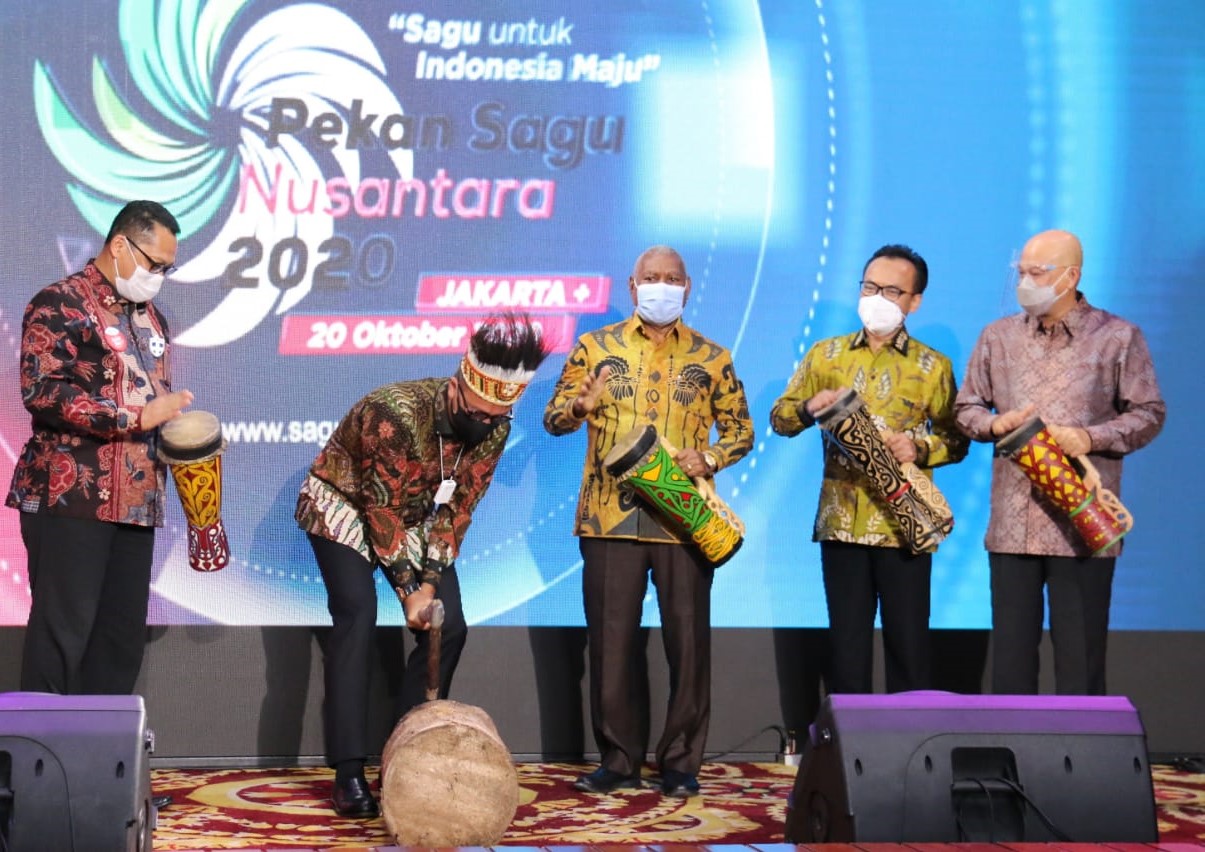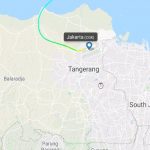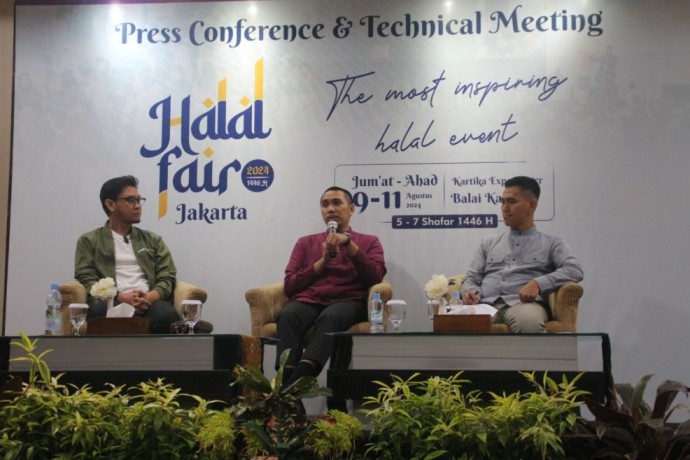Sago-processing industry included in Indonesia’s development plan

Jakarta (Indonesia Window) – The Indonesian government includes sago-processing industry in the National Medium-Term Development Plan 2020-2024, stressing the importance of sago for national food security, especially when facing a food crisis as predicted by the United Nations’ Food and Agriculture Organization (FAO).
At Nusantara Sago Week here on Tuesday (Oct 20), Indonesian Minister of Industry Agus Gumiwang Kartasasmita said, sago is a native Indonesian plant that could be an alternative national staple food.
Sago has long time been the main food for the people in Indonesia’s eastern regions.
In fact, sago has been further processed into ethanol and fructose which are used in the food and beverage industries.
“Apart from being a food ingredient, sago produces glucose which can be used as organic acid for the chemical, pharmaceutical, and energy industries,” Agus Gumiwang said, pointing out that this type of starch can also be processed into dextrin for wood, cosmetic, and pesticide industries.
The minister added, in the midst of the current pandemic, food security is a big challenge for the government as it should ensure healthy foods are always available for all people.
“The development of sago as a staple food needs to be accelerated. Because, besides it is a part of local wisdom, downstream sago industries can also maintain national food security,” he said.
“However, increasing the diversification of local foods should be along with information distribution about healthy and nutritious food products, so as to provide options for people to consume such other nutritious food sources as sago, cassava and corn,” the minister added.
According to him, the development of sago processing-industries requires the role of related stakeholders, among other the Ministry of Rurals, Development of Disadvantaged Areas, and Transmigration; Minister for Public Works and Housing; and the Ministry of Energy and Mineral Resources as they can improve infrastructures in sago-producing centers.
“This is because sago trees commonly grow in remote areas with inadequate infrastructures of road and electricity,” Agus Gumiwang said.
The minister appreciated the local administration as well as small and medium industry players who have processed sago into foods and various other derivative products.
Meanwhile, the governor of West Papua Province, Dominggus Mandacan, said the potential for developing sago in his area is massive.
Of the 510 thousand hectares of sago lands, only 20 thousand hectares have been developed, or approximately 3.93 percent. The rests are sago forests, he noted.
The 2020 National Sago Week was held simultaneously at the offices of the Indonesian Coordinating Ministry for Economic Affairs as well as in 13 provinces which are sago-producing centers.
Reporting by Indonesia










